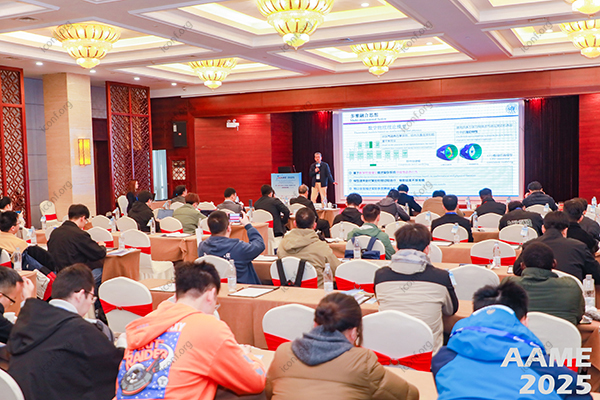Scholars in language studies are invited to submit original research to 2025 calls for papers spanning theoretical linguistics, applied language research, discourse analysis, and multilingual education. These opportunities enable you to present findings, foster interdisciplinary collaboration, and reach a global academic audience.

Advance Theoretical Insights
Contribute new analyses in phonology, syntax, semantics, or pragmatics to shape core linguistic theory.
Inform Applied Practice
Present research on second language acquisition, language teaching methodologies, or translation studies to influence pedagogy.
Foster Interdisciplinary Dialogue
Engage with experts in cognitive science, sociolinguistics, and language technology for comprehensive perspectives.
Enhance Professional Profile
Peer-reviewed publications in conference proceedings or special journal issues strengthen grant applications, tenure dossiers, and professional networks.
Align your submission with one or more of these active areas:
Syntax, Semantics & Pragmatics
Phonetics & Phonology
Second Language Acquisition & Teaching
Sociolinguistics & Multilingualism
Discourse Analysis & Conversation Studies
Corpus Linguistics & Computational Methods
Translation, Interpreting & Language Policy
Language Technology & Natural Language Processing
Use a centralized academic platform to simplify your search:
Filter by Subfield: Choose “Linguistics,” “Applied Linguistics,” or “Language Technology” for targeted calls.
Track Deadlines: View abstract and full-paper submission dates in a unified dashboard.
Review Submission Guidelines: Confirm word limits, formatting styles, and peer-review processes.
Verify Venue Quality: Select CFPs from reputable associations and journals in language studies.
Many researchers use iconf.org to locate and manage vetted conference and journal CFPs without navigating multiple websites.
Match the CFP Scope
Ensure your topic aligns precisely with the call’s stated themes and keywords.
Craft a Clear Abstract
Summarize research questions, theoretical framework, methods, and key findings in 200–300 words.
Follow Structured Formatting
Use a clear structure—introduction, literature review, methodology, analysis, conclusion—or IMRaD as specified.
Include Data Visualizations
Provide examples of corpus data, language maps, or conversation transcripts where appropriate.
Proofread and Solicit Feedback
Seek peer review and professional editing to guarantee academic rigor and clarity.
Preparing a well-focused and methodologically sound manuscript will position your research for acceptance and impact. Begin your 2025 language studies submissions today and contribute to the global discourse on language and communication.